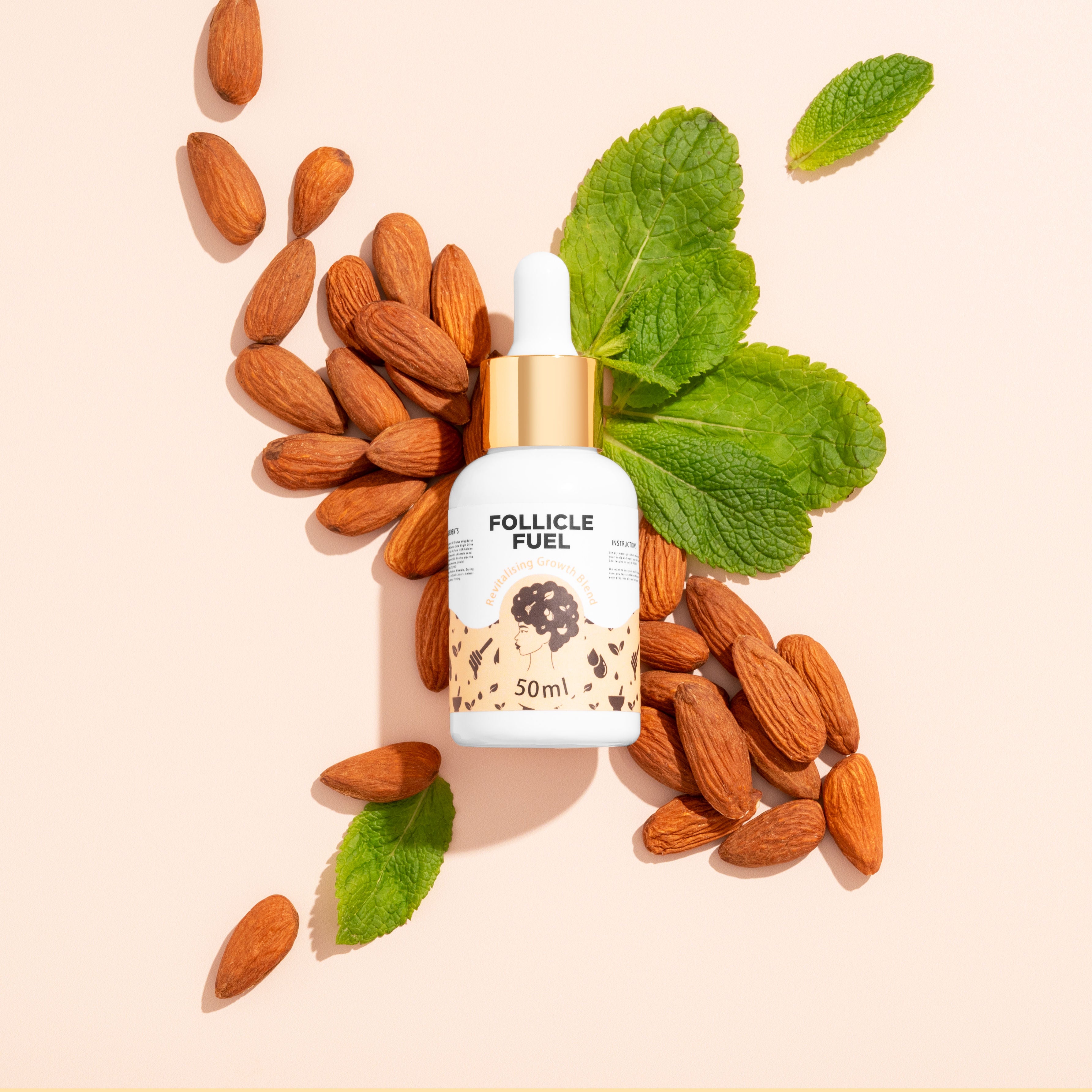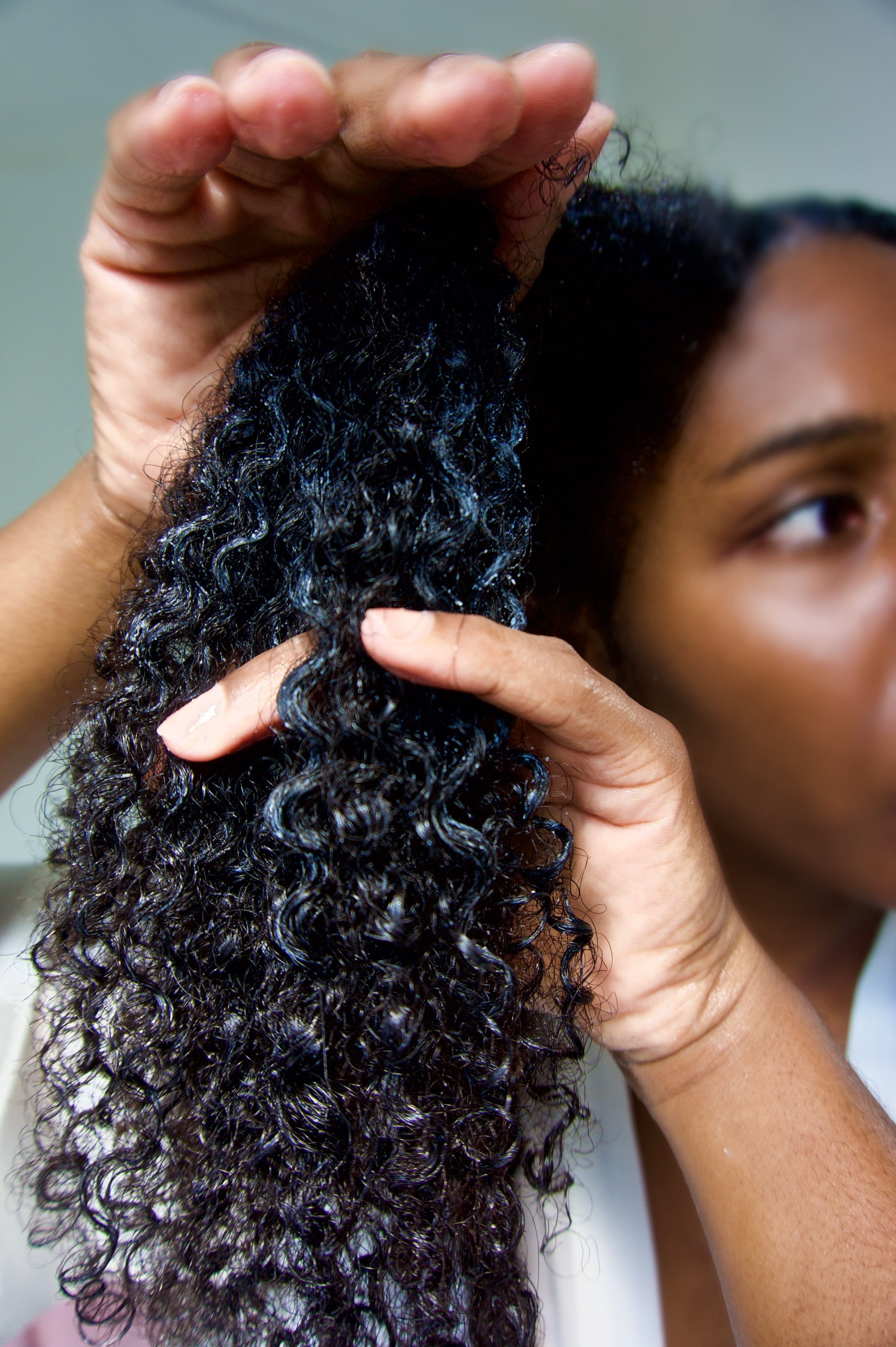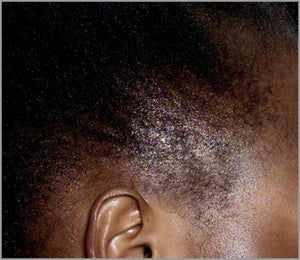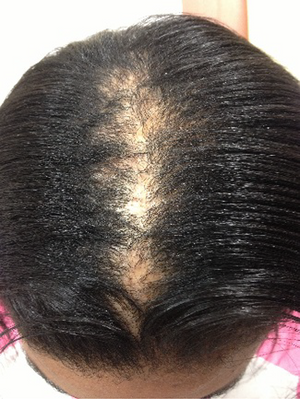Dry hair breaks. It’s as simple as that.
There’s no other way around it, if someone tells you otherwise it’s a lie!
But be very careful, how you tackle this problem depends entirely on your hair porosity.
What is porosity?
Porosity is sort of like the personality of your hair. It determines how well your hair absorbs moisture and product. This is such an important factor when it comes to growing healthier, longer, stronger hair as without this knowledge you could be doing more harm than good your precious ‘Fro.
As mentioned in Episode 1, your cuticles (remember those overlapping scales over your hair shaft?) determine your porosity.
Depending on how “low” or “highly” raised your cuticles are that will dictate your “porosity”.
How do you find out your porosity?

The Float Test
- Remove a single strand of hair
- Fill a bowl/cup with room temperature water
- Place the strand inside
What It Means:
If the strand sinks quickly to the bottom – your hair has a high level of porosity.
If the strand sinks slowly to the bottom – your hair has a medium level of porosity.
If the strand floats – your hair has a low level of porosity.

Why your porosity matters
Low Porosity (“LOPO”)
LOPO hair is extremely resistant to accepting moisture. The hair cuticles are “low” and prevent moisture from entering therefore before we even get to what kind of products you should be using, we need to be strategic when applying these products to ensure it gets into the hair strand (and stays there!). Anything that raises that cuticle enables your hair to accept moisture!
Think of cuticles like the pores on your skin, they are most open with steam!
Techniques such as:
- Deep conditioning with a steam cap, or overnight if that’s your thing!
- Applying leave in conditioner straight after a steamy shower. Our favourites are of course The Honey Watermelon Infusion - Ultimate Moisture Leave-in & Deep Conditioner duo for extremely dry and brittle hair.
You also want to look for ingredients that are humectants. Humectants are a super ingredient - they literally grab water from the air and into your hair allowing you to retain moisture. Examples are Honey & Glycerin, both of which are in our Leave-in & Deep Conditioner.
High porosity (“HIPO”)
HIPO hair has cuticles that are very highly raised and therefore easily broken. This hair type accepts moisture fine but as the cuticles are so raised this hair type looses it just as easily.
So you’re faced with a double conundrum, hair that is naturally more brittle and because of its nature does not retain moisture which makes it even more likely to break!
You will of course need to ensure your hair is moisturised by using a Deep Conditioner and Leave-In, but because of this hair type a little bit more love needs to be shown.
Techniques such as:
1. Protein treatments help to repair this broken hair shaft, allowing moisture to be maintained better. Our It’s important to still carry out your moisturising Deep Conditioning, and applying a Leave-in conditioner. Our Ultimate Strength Deep Conditioner is packed with silk amino acids that are small enough to penetrate the hair shaft and strengthen it.
2. Hot Oil Treatments - HiPo hair is "water loving" in nature making it prone to damage, but ideally hair should be "Oil loving", to combat this pre-shampoo or hot oil treatments can be utilised. Both Ominira's Hair Strengthening Oil & Extra Strength version are perfect for this
3. Strengthening Herbs - Amla, Aritha, Fenugreek, Neem, Shikakai (found in our Shampoo, Ultimate Strength Deep Conditioner & Extra Strength Hair Growth Potion. These are packed with nutrients and antioxidants that strengthen the hair.
4."Cationic" (Positively charged) ingredients - Attract to damaged parts of the hair and make it more manageable (Behentrimonium Methosulfate or Behentrimonium Chloride) found in all of our conditioners.
5. It’s important to still carry out your moisturising Deep Conditioning, and applying a Leave-in conditioner. Also LOPO hair still requires protein treatments but not as often as HIPO hair.
Finally both hair types need great oils to seal in the moisture to ensure it doesn’t go anywhere, (emollients do this) and also strengthen the strand. Only oils that can penetrate the hair strand (cortex) can do this. Oils such as Olive oil and Avocado oil are super oils as they both work as an emollient (seals the moisture in) and a strengthener (penetrates the hair strand). Our Hair Strengthening Oil does just this with added vitamin E which is an antioxidant that nourishes the hair and prevents hair loss.
So now you know and understand your porosity, next week we’ll look at how to create the Ultimate Hair Growth Routine for you!
I'm sure you have questions, comment below and we will answer!
Remember we don’t just sell you products, we teach you how to use them!
Yours truly,
JD xo







Michelle —
So glad I just stumbled across your page. Thanks for sharing a wealth of knowledge. It’s very infor.ative and helpful as I am taking this natural hair journey. I’m in Atlanta, so does the humidity and heat affect the porosity?